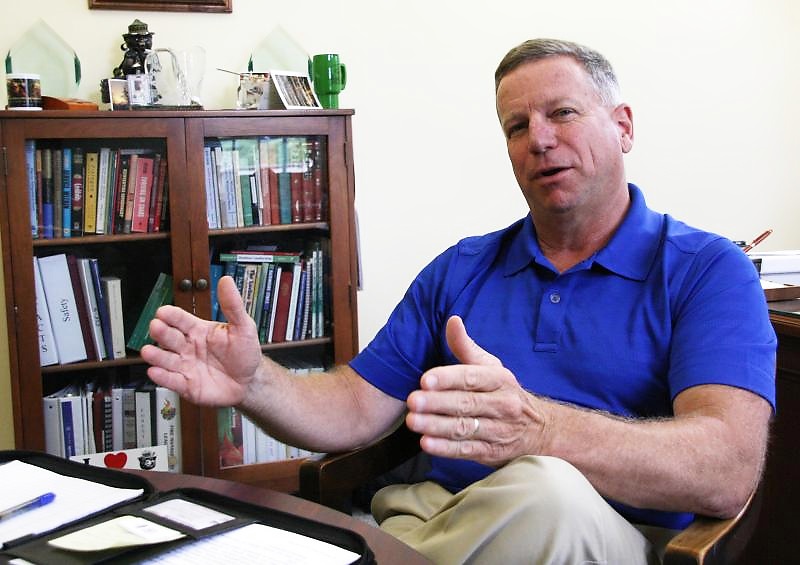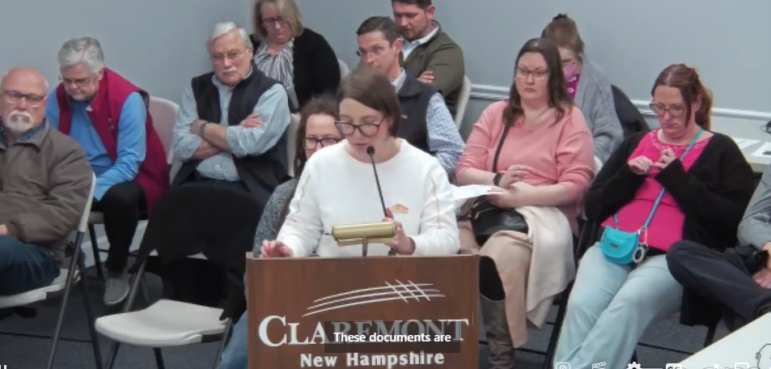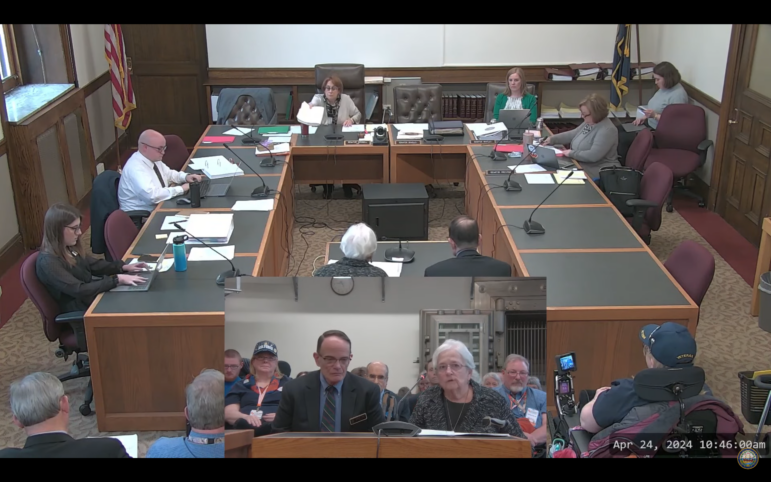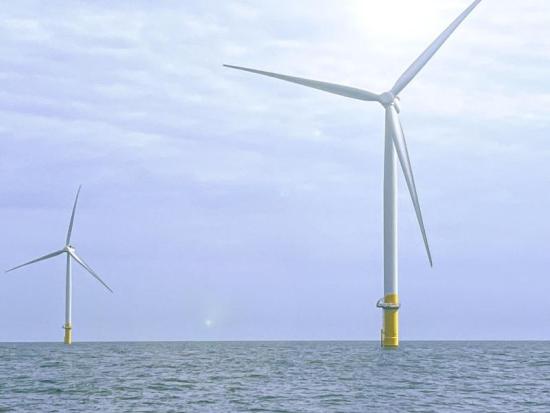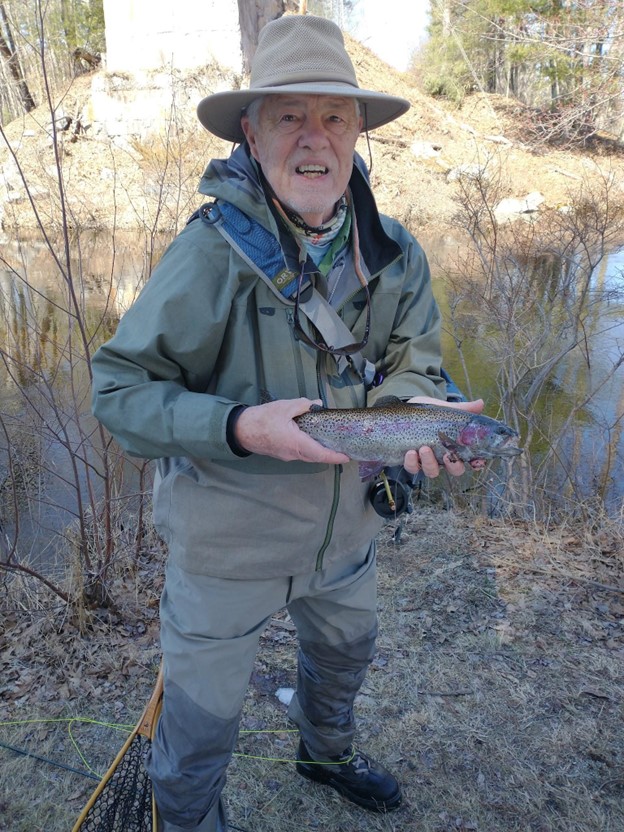By Chris Jensen
InDepthNH.org
The White Mountain National Forest is again exploring ways to reduce automobile traffic in the 800,000-acre recreational area, according to Forest Supervisor Tom Wagner.
Wagner said there’s been a steady increase in the number of visitors over the last three years and that’s expected to continue with the forest being within a day’s drive for about 70 million people.
“The last thing we want to do is have people sit at home behind their computer screens,” he said. “So, the fact that people are getting outside and enjoying their public lands is good.”
But that popularity is causing “some problems with parking and trampling in some of our sensitive areas like the alpine area,” said Wagner, who is retiring on September 1st, after leading the WMNF for 15 years.
Wagner said the WMNF is beginning to work with state parks, adjacent land owners, the tourism industry and local chambers of commerce to see what can be done, including satellite parking areas with shuttles.
“This isn’t just happening here in New England. It is happening anywhere you have beautiful landscapes,” he said.
Indeed, a 2015 report by the U.S. Forest Service predicted national forests nationwide will face more congestion in part because more people are moving closer to them.
The Acadia National Park in Maine has a shuttle system, but the park is on an island with a main entrance. Wagner said the challenge with the WMNF is that there are more roads entering it. It is also sixteen times larger.
“And, people like their cars. It is hard to get people out of their cars,” he said.
There is no easy solution, said Ken Kimball, the director of research at the Appalachian Mountain Club.
“The Forest really struggles with this issue for multiple reasons,” he said.
One is that there are so many roads entering the WMNF and some of them – like U.S. Route 302, Interstate 93, the Kancamagus Highway and Route 16 – are also used by everyday traffic, not just tourists, he said.
Another problem is that the parking at trailheads in Crawford Notch and Franconia Notch are in state parks, even though hikers may be headed for the WMNF. That means the New Hampshire parks and highway department are involved.
“Trying to control some of these problems is difficult because you have multiple agencies,” Kimball said.
Jayne O’Connor, the president of the White Mountains Attractions Association, said she thinks internet postings also contribute because they focus attention on particular places. So, her group tries to ease the congestion by giving visitors alternatives to hikes or locations likely to be overcrowded.
This is not the first time the WMNF has examined the congestion issue.
In 2011, a 119-page study was completed by groups including the U.S. Forest Service, the Appalachian Mountain Club and Plymouth State University.
It noted the estimated 1.7 million visitors every year were attracted by 1,200 miles of hiking trails, 160 miles of the Appalachian National Scenic Trail, 400 miles of snowmobile trails, 175 trailheads or day use areas, and 23 developed campgrounds.
And it said that traffic on about 160 miles of roads through the WMNF is “increasingly affecting the visitor experience, the WMNF’s natural resources and air quality,”
However, it also noted visiting the area without a car is difficult because of a lack of alternatives. There are a few shuttle services offered by different groups that are not coordinated with each other.
It noted possibilities including creating a comprehensive shuttle service; relocating some trailheads “to consolidate access points” and improving bicycle access.
But despite the report and its suggestions, Wagner said “people were not even willing to even think about using some kind of public transportation. It wasn’t a ripe issue.”
The 2011 report was at least the fourth to look at the issue. Various organizations did studies in 2003, 2007 and 2009.
InDepthNH.org is NH’s nonprofit news website published online by the New Hampshire Center for Public Interest Journalism. Veteran journalist Chris Jensen covers the North Country and can be reached at christopherjensennh@gmail.com(603-869-5451)
